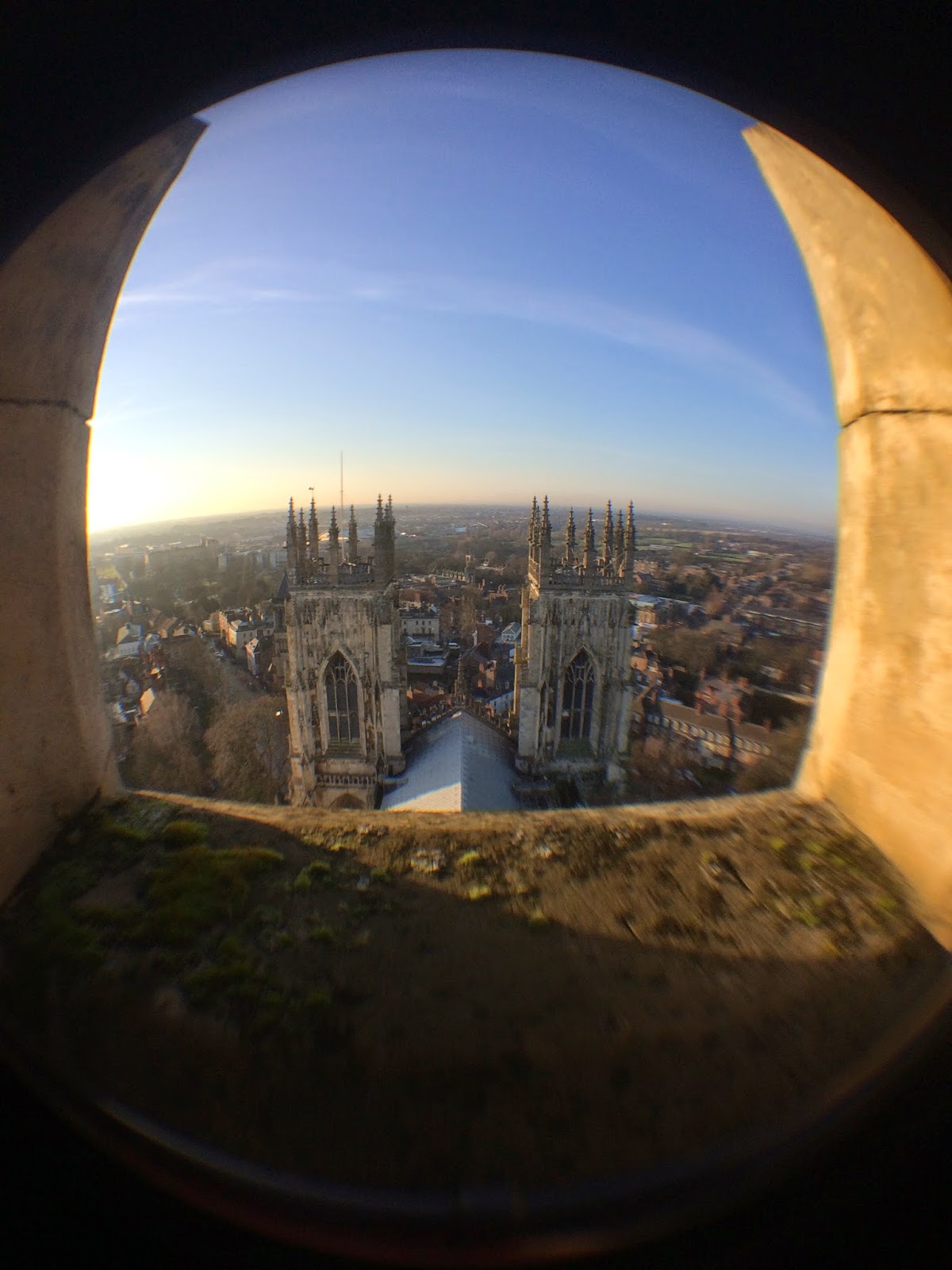Wednesday, 25 March 2015
Uta Barth: Swimming In Memories
I looked again at Uta Barth for inspiration and found her 'seascape' project. She took her manual focus shoot further and photographed water in the sea which created a similar look to bokeh photography with light in the water. I feel that Uta Barth created distortion and included perspective within her photos because of the photo being out of focus.
Tuesday, 17 March 2015
Phone Shoot (Evaluation)
In my phone shoot, I tried to capture distorted photos, using an 'olloclip' to create a fisheye effect. I also tried to capture light in different ways, I did this by taking photos at Stealth Nightclub in Nottingham, where light was very diverse at different times of the night. I did this by taking photos of light coming out from behind the DJ into the crowd, and off other objects.
Mid Point Evaluation
At this point in my project, I have looked at light refraction through windows, purposeful blurriness within photographs, and bokeh photography. I believe that with my experimentation so far in my project, I have looked at different ways in producing photographs which challenge traditional representation and have evaluated my work in a way which provides detail and structure to what my aim for each shoot has covered. I now aim to look into glitch art photography which alters normal photos into something different, which therefore challenges traditional norms and values of photography. Lastly, I intend on taking a couple film shoots with a point and shoot compact camera to experiment with other types of film.
Shoot 3: Analysis
In shoot 3, I tried to incorporate bokeh photography further into my project because it links with my main theme of challenging traditional representation. I found that using artists as inspiration has led me to a better quality picture within bokeh photography as it is very easy to create just a bad looking photograph. Challenging traditional values in photography has been a challenge to me because it was difficult to think of ideas when doing this.
Friday, 6 March 2015
Wednesday, 4 March 2015
Shoot 2: Bokeh Photography (Analysis)
I chose these 2 images because I feel that they came out the best in this shoot. I believe that the research that I did before the shoot gave me inspiration with this shoot because I experimented with the different stages of blurriness, so my photos came out closer to what I initially wanted. Also I took composition and photo elements to create a better looking photo within the blurriness which I got from Auer and Ribeiro's work.
Monday, 2 March 2015
Shoot 2: Aims
In shoot 2, I am trying to do bokeh photography, and continuing what I did in my first shoot except making the photos look purposefully blurry, rather than a bad photo. I am also trying to provide good composition in the photos, so they don't just look randomly taken. The research I have done has definitely taken me in the right direction where to draw the line between purposeful blurriness and an accidental 'shakey' photograph.
Brian Auer (Analysis)
I chose Brian Auer because he also did bokeh photography, which I am focusing on. With Auer's photos, they usually come out clearer than Ribeiro's which I liked a lot, and also related more to my project. I want to portray a type of photography that is similar to 'bokeh', except clearer photos where the subject is actually prominent. In both, Auer and Ribeiro's work I feel that they are trying to show a different side of photography, and also they are trying to present different meanings behind what other people might view the photo as.
Tiago Ribeiro (Analysis)
The images that I chose from Tiago Ribeiro relates to my project because he portrays a type of photography called 'bokeh' which purposefully blurs the photo, usually using depth of field to control this. Even though Ribeiro's photos are a lot blurrier than my aimed photos, I still like them because they show a different type of photography than the norm. I also liked Ribeiro's photos because they all have good composition within the photo, even though they are blurry.
Manual Focus Test (Analysis)
Below, in my manual focus test, I have photographed examples of the stages of blurriness within the photos. Going from very blurry, to almost clear. I had to decide where the line was that decided whether the photo was purposefully blurry or just a bad looking photo. In my project I aim to shoot the photo blurry, but still make it so the audience can see the subject which I am shooting.
Shoot 1: Analysis
I chose these images because they best portray the style of photography that I am aiming to produce. I used Uta Barth as inspiration with her manual focus project where she shoots pictures in manual focus to portray a blurry photo where the audience can still see the subject. I also picked these photos because they relate to the question I have set my self: What other perceptions of the image can be given off to an audience viewing it? One thing that I didn't like within the photos is, some people may not be able to tell if the photos are purposefully out of focus, or just a badly taken photograph. To solve this, I will do a test of manual focus to show examples of purposeful manual focus photos.
Subscribe to:
Comments (Atom)

















%2BAmerica%2Bcontact%2Bsheet.jpg)


%2BAmerica%2BContact%2Bsheet.jpg)









%2BAmerica%2BContact%2Bsheet.jpg)